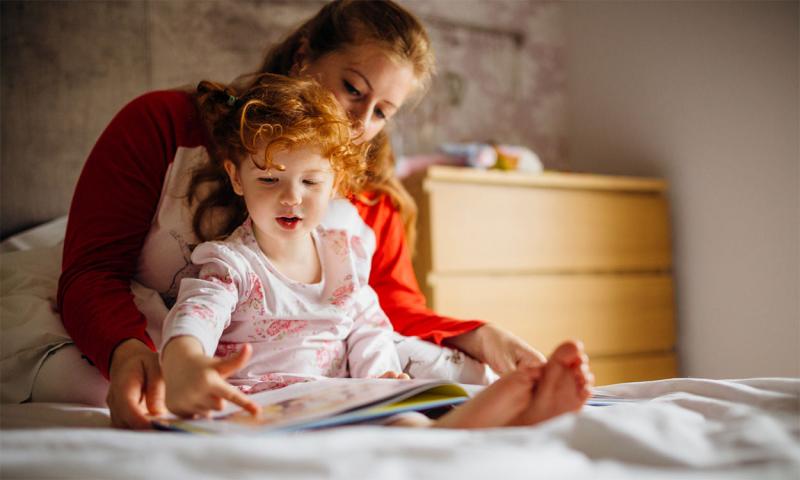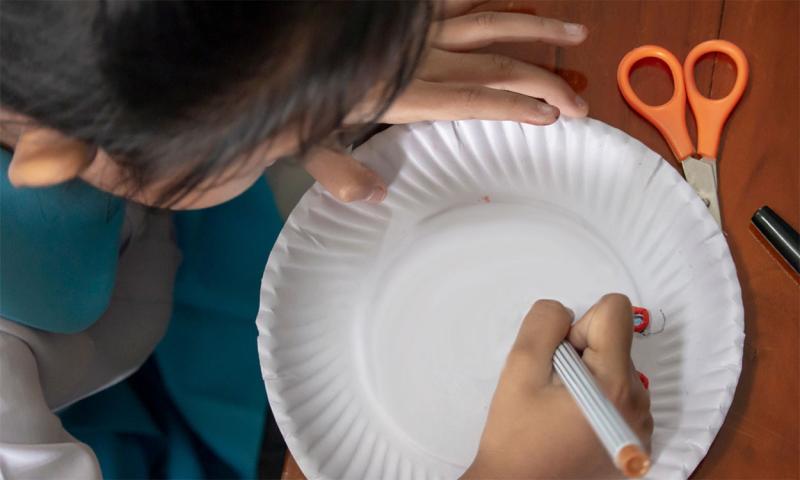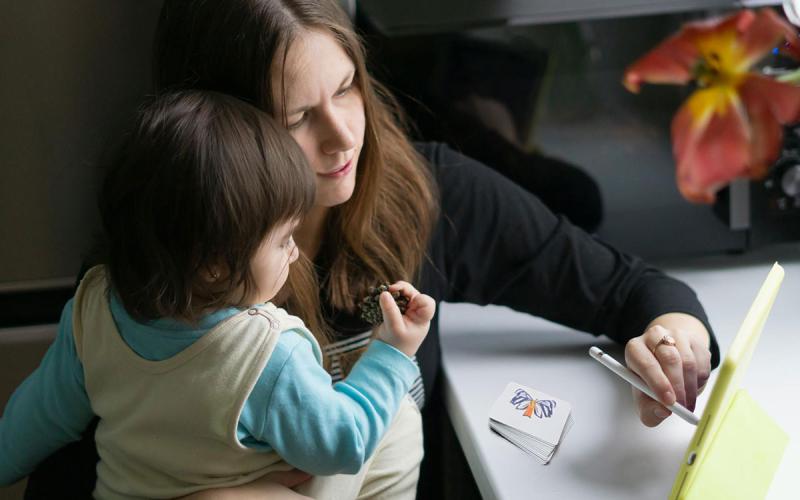As we are dealing with illnesses and diseases running through our animal population, it is important to discuss the loss of a pet, whether it be a dog, cat, chicken, fish or others. A great storybook you can get at most libraries or order online is “The Tenth Good Thing About Barney” by Judith Viorst. This book teaches children about death by discussing the death of a pet cat and how the parents help their child process grief.
Book Discussion

Discussion Questions
While reading “The Tenth Good Thing About Barney,” there are some questions you can ask to help lead discussion and answer some lingering questions.
- What types of songs do you like to sing when you feel sad? What about songs you like to sing when you are happy?
- What do you think the seeds will grow into? How does the soil help the seeds to grow?
- Do you like hugs when you are sad? What else do you like your family to do when you feel sad? What do you like your family to do when you feel happy?
- Why do you think the cat being buried in the ground and helping the flowers grow is a good thing?
Talking About Death
When you have finished reading the story it is important to have a brief discussion about death. Death is a big word to understand.
- What do you think it means that the cat, Barney, died?
- Suggestion: If needed, you can explain it means Barney is no longer breathing and no longer has a heartbeat. Invite children to notice their own breath and feel their heartbeat.
Activities to Consider

Here are some activities you can do with your child if they have lost a pet to help them through the grieving process.
-
Feelings Plates
You will need paper plates and markers. Invite children to make feeling faces by drawing different feelings on a paper plate. You can suggest feelings: sad, mad, worried and happy. After they draw the faces, have them talk to you about these different feelings. -
Make a 10 Good Things Book
Have children draw a picture of 10 good things they can remember about their loved one. Then you can make this into a book that children can read if they feel sad and want to remember these 10 good things. -
Plant a Seed
Plant a garden bed, plant or tree in honor of the pet or loved one. Then have children name 10 good things about the person or animal who has died.
Listening and Responding
Young children will be different in how they respond to and understand death. Just like adults, children will grieve and adjust to the loss in different ways and with different timing. Children who are 5 years of age or younger typically do not view death as final. They may not understand the causes of death and may expect that an animal or person will come back to life. Children between the ages of 5 and 9 years of age may understand the idea that someone has died, but may not understand that death is something that happens to everyone. It is typical for children to repeat questions about death and ask, “What is death?” When talking about death, be as concrete as possible. For example, “When an animal dies, their heart stops beating and their lungs stop breathing.”
When children experience death, such as the loss of a pet, follow the child’s lead by inviting them to ask questions, if they have any. Then respond to the child’s questions. If you do not know the answer to a child’s questions, you can say, “No one knows for sure, but I believe...” or, “You know, I wonder about that too.” If a child asks you if you will die, you can respond with, “I don’t expect to die for a long, long time.”
"When children experience death, such as the loss of a pet, follow the child’s lead by inviting them to ask questions, if they have any. Then respond to the child’s questions."
Watch for signs of many feelings: fear, guilt, denial, anger, confusion or loneliness. Children can experience a range of emotions after experiencing loss. Try to maintain a daily routine as much as possible and maintain rules and expectations, as long as these expectations and rules provide safety, reassurance and support.
These suggestions were taken from the Read for Resilience book series “The Tenth Good Thing About Barney” lesson guide, available at the University of Nebraska Extension Read for Resilience website.


